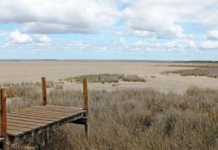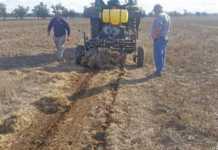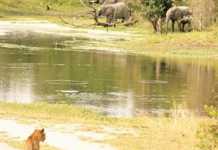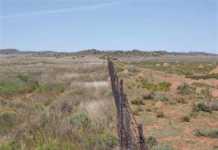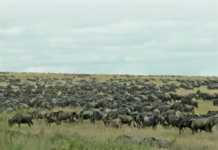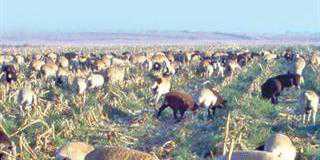Water from wetlands and vegetation are vital resources for many animal species. Wetlands improve water quality and stop erosion by retaining flood water.
They can also serve as a recharge source for groundwater aquifers, critical for water supply. But wetlands that only hold water in the rainy season are just as ecologically important.
When wetlands are made deeper (by dredging or by the erection of weirs), or shallower (by digging drainage ditches or by infilling), their ecological function is disrupted, to the detriment of all who depend upon them – including humans.
Because dams and weirs affect the supply of water to wetlands downstream, careful consideration needs to be given to their construction. They should be built only if really needed, and shouldn’t be made larger than necessary.
Existing dams should be seen as artificial wetlands and managed for wildlife in much the same way as natural wetlands. Landowners should view wetlands and their surrounding habitats, wetland grasses, reed beds and trees as assets to be conserved.
Management
- Avoid draining, damming, deepening or filling in wetlands.
- Avoid grading or trying to straighten rivers. This causes a faster water flow and downstream damage as well as the destruction of many living organisms in the water and wetland vegetation that holds the soil.
- Set aside an undisturbed buffer zone at least 50m wide around wetlands.
- Limit construction and use of roads in wetlands and their buffer zones.
- Avoid extracting excessive amounts of water from wetlands, or from boreholes near wetlands.
- Do not burn reeds more than once in 10 years.
- If wetlands are used for grazing, monitor the condition of the vegetation for signs of overgrazing.
- Do not allow waste, fertiliser and silt to run directly into wetlands – create ditches to receive and filter polluted run-off.
- If a dam has to be built, at least some portion of its banks should be gently sloping, and a generous area of the dam must be shallow, because shallow water is a better habitat for aquatic plants and animals than deep water.
- Consider creating an island to encourage nesting water birds and allow natural vegetation to grow up around the fringes of dams.
If you wish to rehabilitate or modify a wetland, consult experts, such as the Mondi Wetlands Project, for advice (www.wetland.org.za).
Benefits to you
- Improved downstream water quality.
- Recharged groundwater.
- Healthy water for livestock.
- Protection against flash floods and erosion.
- Grazing resources in times of drought.
Source: Harrison, J. & Young, D. 2010. Farming for the Future: Farming Sustainably with Nature. Animal Demography Unit, University of Cape Town.

